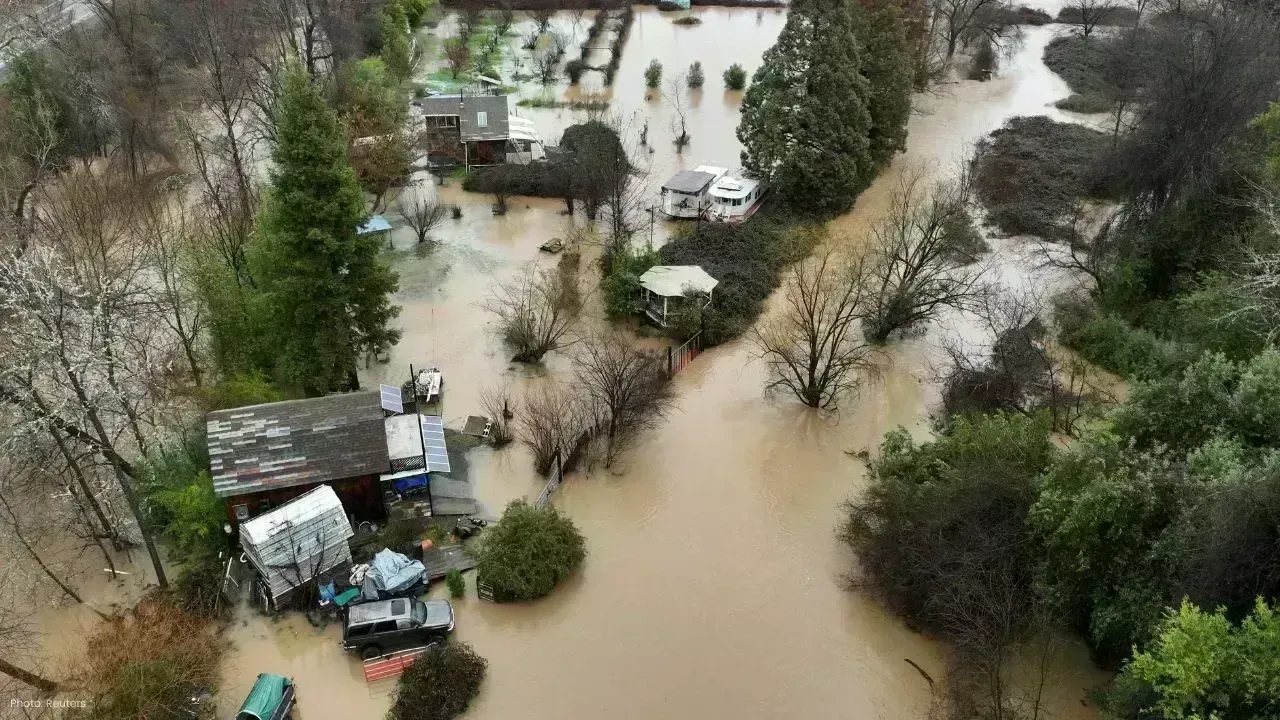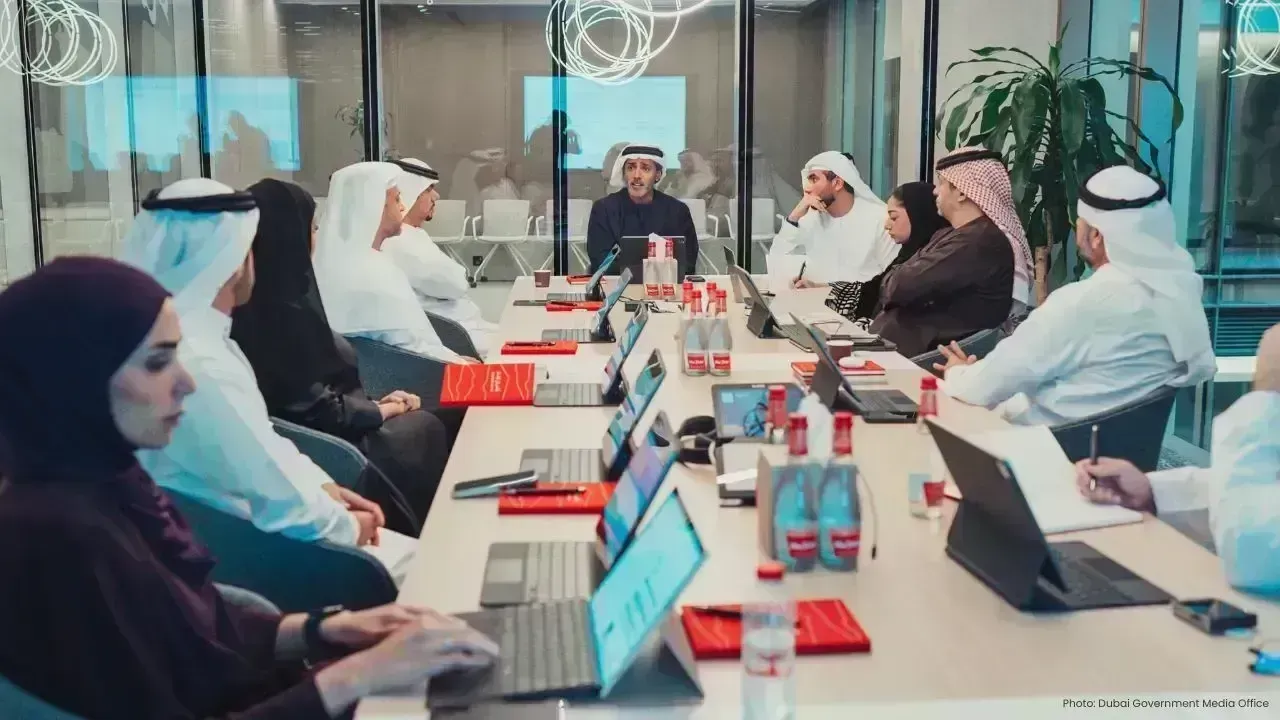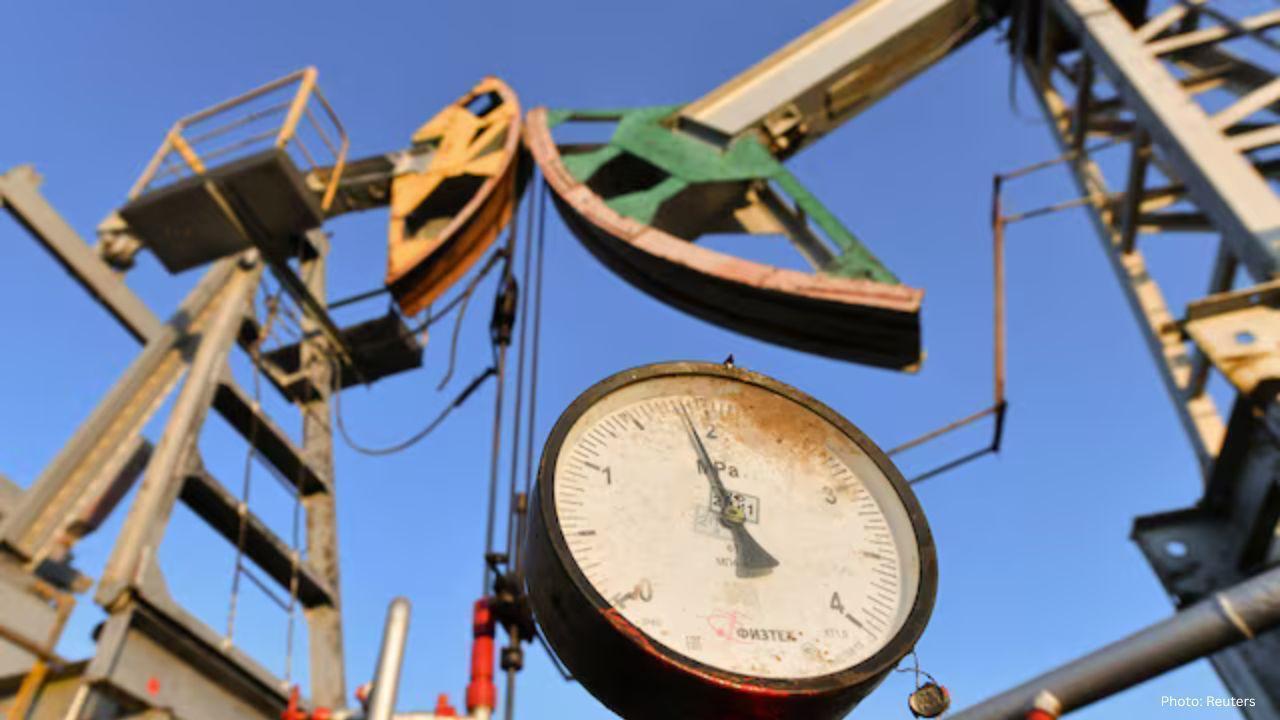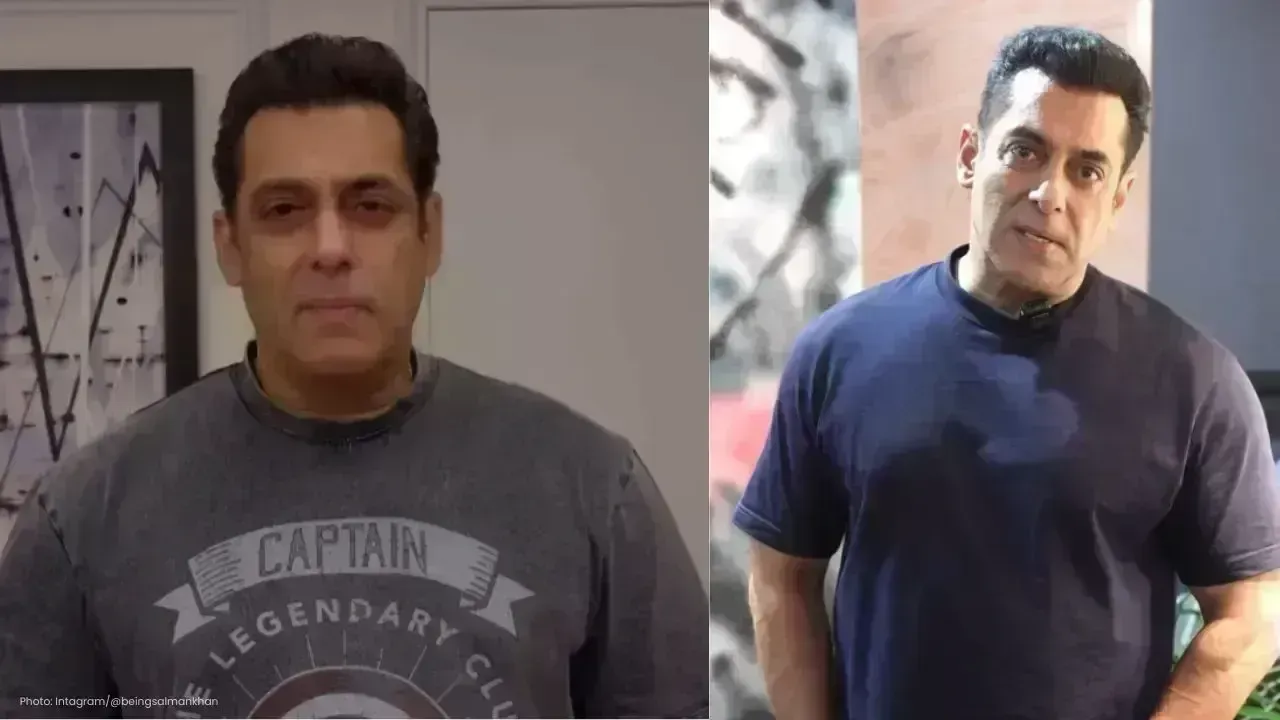You have not yet added any article to your bookmarks!

Join 10k+ people to get notified about new posts, news and tips.
Do not worry we don't spam!

Post by : Anis Farhan
Bioplastics, derived from renewable biomass sources like plants, algae, or waste materials, have garnered attention as eco-friendly alternatives to petroleum-based plastics. They are biodegradable and compostable, offering a potential solution to the growing plastic pollution crisis. With the global bioplastics market projected to grow from $8.7 billion in 2023 to $31 billion by 2030, the interest in bioplastics is undeniable.
Despite their promising attributes, several challenges impede the large-scale adoption of bioplastics:
Bioplastics are currently more expensive to produce than traditional plastics. The cost of raw materials, such as corn or sugarcane, and the specialized processing required contribute to higher production costs. For instance, the average cost of bioplastics can range from $2 to $6 per kilogram, whereas conventional plastics are available at a fraction of that cost.
The availability of raw materials for bioplastics is limited. Large-scale production requires significant amounts of biomass, which can lead to competition with food production and land use. This raises concerns about the sustainability of sourcing materials like corn or sugarcane for bioplastic production.
The technology and infrastructure required for bioplastic production are not yet fully developed. Existing manufacturing processes need to be adapted or replaced to accommodate bioplastics, which can be challenging and costly. Additionally, the lack of standardized recycling systems for bioplastics complicates waste management efforts.
Consumer awareness and acceptance of bioplastics are still developing. Misconceptions about biodegradability and compostability can lead to improper disposal, undermining the environmental benefits of bioplastics. Moreover, the market demand for bioplastics is not yet sufficient to drive large-scale production.
Recent advancements aim to address these challenges:
Alternative Feedstocks: Research into using agricultural waste, algae, and other non-food biomass sources for bioplastic production is underway. These alternatives could alleviate concerns about food security and land use.
Improved Production Processes: Innovations in processing technologies are making bioplastic production more efficient and cost-effective. For example, some methods reduce the need for energy-intensive steps, lowering production costs.
Enhanced Recycling Methods: Developing standardized recycling systems for bioplastics is crucial. Advances in this area could facilitate the integration of bioplastics into existing waste management infrastructures.
Several industries are exploring the use of bioplastics:
Packaging Industry: Companies are developing bioplastic packaging materials that are biodegradable and compostable, aiming to reduce plastic waste.
Agriculture: Biodegradable mulches and films made from bioplastics are being tested to minimize plastic pollution in agricultural fields.
Consumer Goods: Products like cutlery, plates, and bags made from bioplastics are entering the market, offering eco-friendly alternatives to traditional plastic items.
While bioplastics offer a sustainable alternative to traditional plastics, several hurdles must be overcome to achieve large-scale replacement:
Policy Support: Governments need to implement policies that encourage the development and adoption of bioplastics, such as subsidies for research and development and incentives for using bioplastics in manufacturing.
Public Education: Increasing consumer awareness about the benefits and proper disposal of bioplastics can enhance their environmental impact.
Industry Collaboration: Collaboration among researchers, manufacturers, and policymakers is essential to develop standardized practices and infrastructure for bioplastic production and recycling.
Bioplastics hold significant potential as sustainable alternatives to conventional plastics. However, addressing the challenges of production costs, feedstock availability, technological barriers, and consumer acceptance is crucial for their widespread adoption. With continued research, innovation, and collaboration, bioplastics may play a pivotal role in reducing plastic pollution and promoting a circular economy.
This article discusses the current state of bioplastic technology and its potential applications. The information provided is based on available research and may evolve as new developments occur in the field of bioplastics.










Thailand Defence Minister Joins Talks to End Deadly Border Clash
Thailand’s defence chief will join talks with Cambodia as border clashes stretch into a third week,

India Raises Alarm Over Fresh Attacks on Hindus in Bangladesh
India has condemned recent killings of Hindu men in Bangladesh, calling repeated attacks on minoriti

Sidharth Malhotra & Kiara Advani Celebrate Baby Saraayah’s 1st Christmas
Sidharth and Kiara share adorable moments of baby Saraayah’s first Christmas with festive décor and

South Korea Seeks 10-Year Jail Term for Former President Yoon Suk Yeol
South Korea’s special prosecutor demands 10 years for ex-President Yoon Suk Yeol on charges includin

Salman Khan’s Exclusive 60th Birthday Bash at Panvel Farmhouse
Salman Khan to celebrate his 60th birthday privately at Panvel farmhouse with family, friends, and a

Dhurandhar Breaks Records with Rs 1006 Cr, Becomes Bollywood’s Biggest Hit
Dhurandhar rakes in over Rs 1006 crore worldwide in 21 days, becoming Bollywood’s highest-grossing f